Also known as the Dumbcane Plant, the Dieffenbachia maculata is native to tropical America and some parts of the Caribbean islands. It is a specie of the dieffenbachia and a perennial plant with oblong, pointed leaves. The plant has variegated leaves which are often green with white and cream coloured patches. Dieffenbachias are planted for their highly decorative foliage. The plant can grow up to 3 feet tall in a conducive environment, and its cane like leaves are thick.
Dieffenbachias are very easy to grow. They have an exciting personality due to their leaves which tend to stand upright while spreading a little. The plant is branchless but can sometimes produce flowers and bear fruits resembling red berries. It was named dumbcane because it contains raphides which are crystals resembling needles. The plant produces raphides when its cell walls are damaged. When these microscopic structures are ingested, they can cause the victim to have a swollen mouth and be unable to talk hence the name dumbcane.
- Other names: Common names include Dumb cane Plant, Mother in law plant, Leopard lily and Dieffenbachia Seguin.
- Planting environment: They are typical indoor decor plants.
- Sunlight: The plants love to sit under natural bright but indirect light. They can tolerate a little shade.
- Watering/Soaking: Soak the moss ball 3/4th in water for 5 minutes once in two weeks in warmer months and less frequently in winter.
- Misting: Mist the plant frequently to keep the soil moist but be careful to prevent the soil from being soggy
- Fertilisation: Feed it once a month with liquid fertiliser. Over fertilising can damage the plants.
- Temperature: Keep the plant away from ACs or heating vents. Temperatures must not be over 90 degrees or below 55 degrees Fahrenheit.
- Humidity: They love high humid areas although they can also thrive in low humidity.
- Caution: The dumbcane plant leaves should not be consumed as they can be harmful.

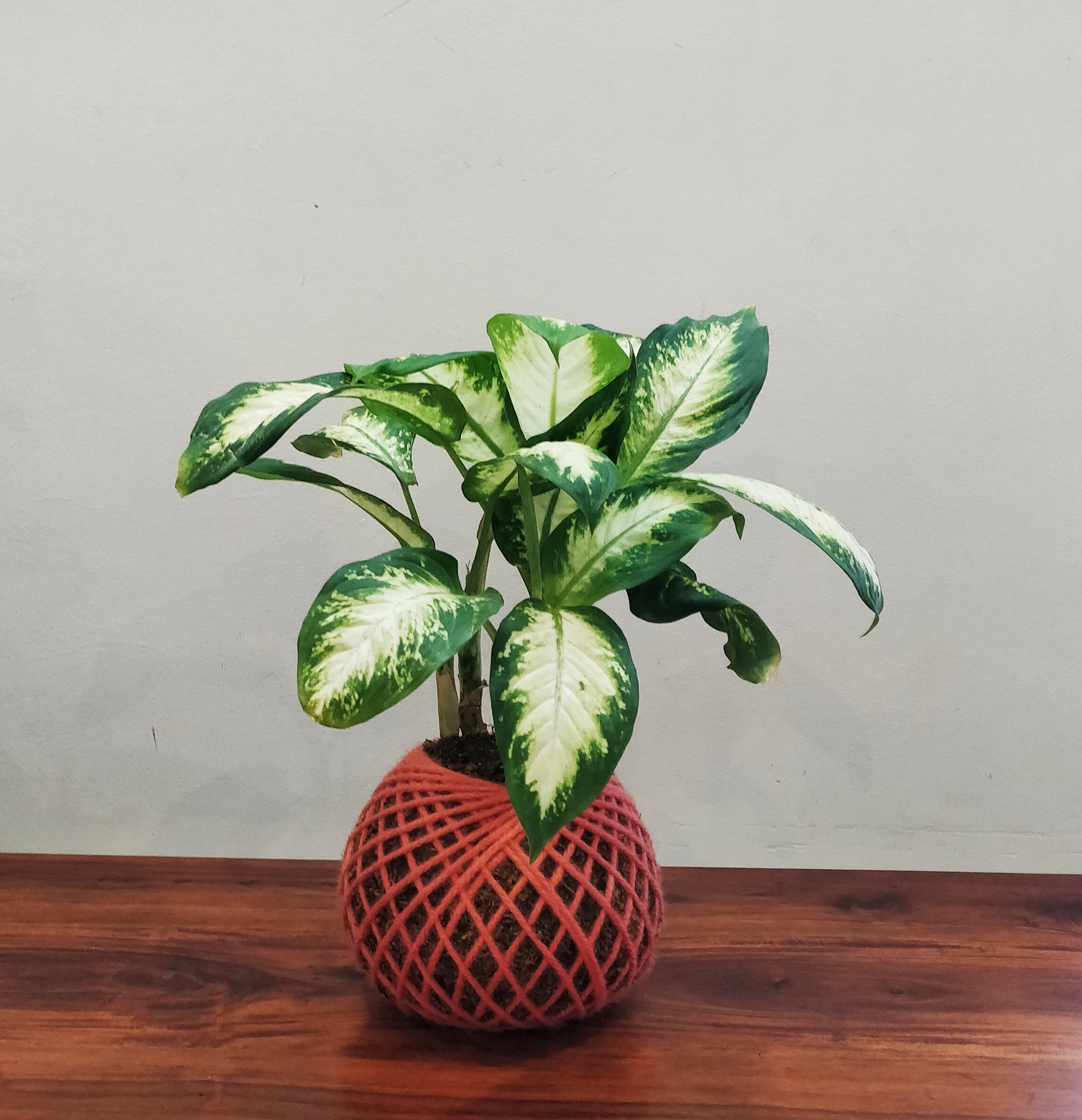
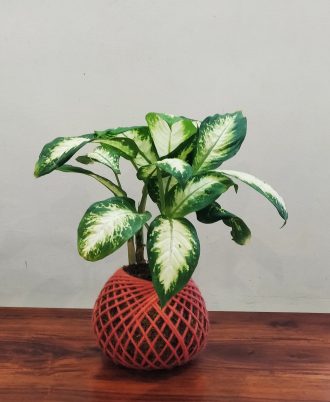
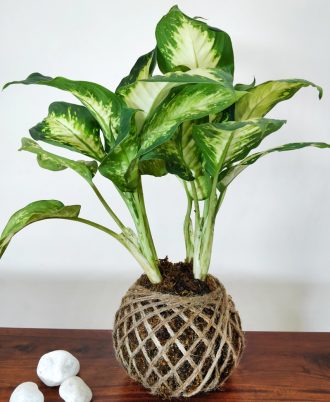
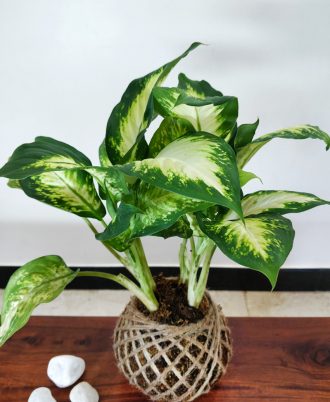
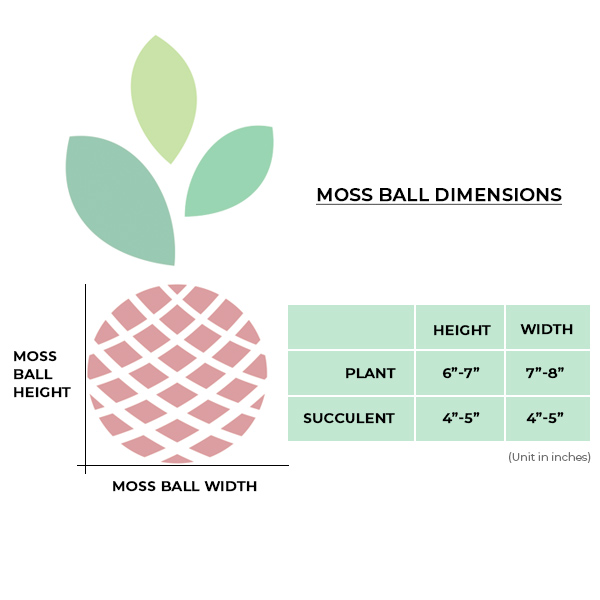
Reviews
There are no reviews yet.